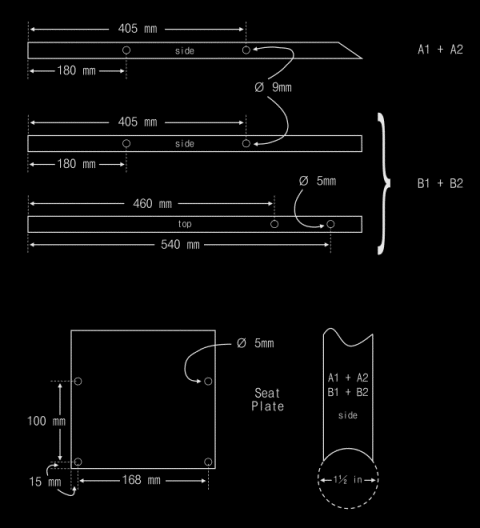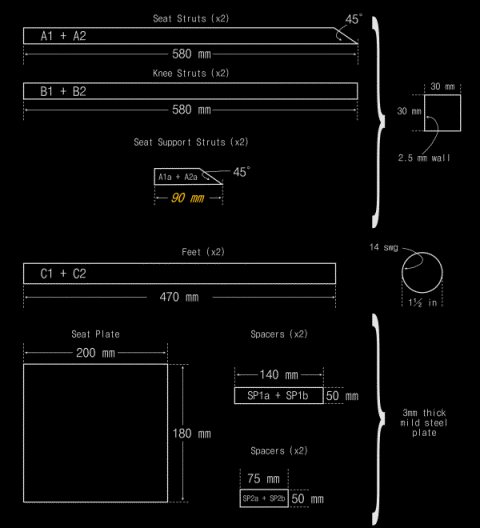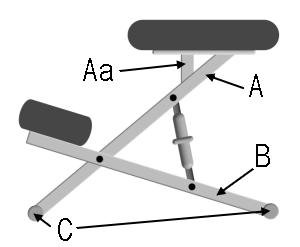I don’t know why I bother! KFC has to be the most badly run outfit on the planet. I’ve had repeated problems getting served in various local branches, but his is what happened in one branch over the last 7 days.
Visit #1
I went in and, since there was only one person there, I decided to try and order something (if there is a queue of any length then you’re looking at a 30 minute wait at best). I stood and waited. The primate serving stood in front of the hot trays and fiddled with something. Then she waddled over to the till and pushed something. Then she waddled back to the hot trays… and immediately waddled all the way back around the other side of the hot trays. Then she waddled back to the front. All this time not one item of food was touched or ended up in the box that was presumably assembled for the customer’s order. Meanwhile, in the background, the half dozen acne collections around the back were busy staring up at screens and merrily serving the constant flow of pratmobiles that frequent the drive-thru. After several minutes I just walked out.
Visit #2
I went in and there was no one in the queue at all. I know from experience this is no guarantee of being served quickly. Anyway, after about a minute a young girl came up. There was no verbal communication, but the eye contact suggested she wanted to take my order. I said :”Can I have a Bargain Bucket… “, but before I could finish she put her finger up and in broken English said “one minute… ” I said “Isn’t anything ready? “, and she said again “one minute… ” I just said “thanks ” and walked out.
Visit #3
I went in and there were two youths in front of me. One was eating a burger (there is a Burger King across the road) and sucking on a milkshake. The primate serving appeared to open one of those little envelopes for fries, then made some sort of gesture, then waddled all the way round the back of the hot trays, did something else with a paper envelope, looked around, then waddled round the front again. I said to the couple who had come in behind me: “this is going to take hours, again “, and walked out.
Visit #4
I finally got served almost immediately. Before I did, I asked the guy who was serving: “I want a 16 piece Bargain Bucket – is there enough food ready to have that immediately? ” He said “Yes “. I said: “OK. I’ll have one, and can I have three large beans instead of fries? ” “No problem “, he said, and took my £14.99. This was too easy… He filled the bucket, then a minute or two later came back and said “the beans are going to be about 5 minutes. Is that OK? ” Aaaargh! About 10 minutes later I finally got out with my food. While I was waiting I counted about 7 chavs in pratmobiles driving out of the drive-thru.
Seriously, KFC is a waste of space. It’s managed and run by idiots. The car park is a pig sty – bags, boxes, and food everywhere. It’s usually full of chavs in pratmobiles with there chavette girlfriends. One was there last night changing a wheel (and getting in the way of everyone else). There are broken Stella bottles everywhere. The “One Way” and “No Entry” lane markings are totally ignored. The speed limit in the car park must be the same as on the 40mph road outside judging by the way they drive in there. And so on.
 Don’t forget that I am using some of the parts from my existing chair, and that explains some of the oddities (e.g. the 9mm holes, the hole spacings on the seat plate, and so on).
Don’t forget that I am using some of the parts from my existing chair, and that explains some of the oddities (e.g. the 9mm holes, the hole spacings on the seat plate, and so on). I just had to post this!
I just had to post this! I spent today (had most of the day off in order to get this going) trimming the parts. Last week I used an angle grinder to take the 3m lengths of 30mm box and 1½” round steel sections down to manageable pieces. The diagram below shows roughly how the parts will fit together – I’ll put up a better drawing with dimensions later.
I spent today (had most of the day off in order to get this going) trimming the parts. Last week I used an angle grinder to take the 3m lengths of 30mm box and 1½” round steel sections down to manageable pieces. The diagram below shows roughly how the parts will fit together – I’ll put up a better drawing with dimensions later. Basically, there are two seat struts (A) parallel to each other, and two knee struts (B) the same. The seat struts are closer together and fit inside the knee struts in a distorted X shape. I’ll use the spacers to make sure that the struts are the right distance apart.
Basically, there are two seat struts (A) parallel to each other, and two knee struts (B) the same. The seat struts are closer together and fit inside the knee struts in a distorted X shape. I’ll use the spacers to make sure that the struts are the right distance apart.